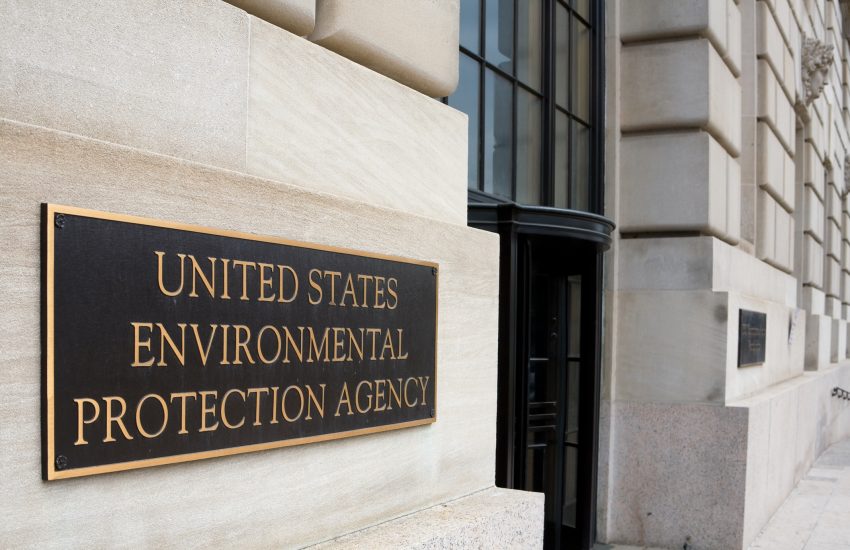In advance of the government shutdown, the EPA released its contingency plan on September 29, outlining its procedures during the funding lapse.
Key provisions include:
- Approximately 89 percent of EPA’s employees will be furloughed.
- Research and publication activities will be put on pause unless necessary for exempted or excepted activities.
- Certain Superfund activities will cease where there is no imminent threat to health and property.
- There will be no issuance of permits, guidance, regulations, and policies unless necessary for exempted or excepted activities.
- Approvals of pending state requests such as EPA permits or Water Quality Standards will cease during this time.
- Civil enforcement inspections by the EPA will be halted unless “necessary for exempted or excepted activities.”
- There will be no issuance of new grants or interagency agreements unless necessary for “exempted or excepted activities.”
Exempted activities are “(1) those that are funded with unexpired appropriations where carryover funds remain unobligated, and (2) activities that are funded with appropriations that are not subject to the annual appropriations process.”
These activities can only continue as funds are available; once those are exhausted the activities must fall into an “excepted” category to continue. Excepted activities are those that are “legally authorized to continue despite a lapse in appropriations.”
In its guidance for determining exempted activities, the EPA states that activities funded by permanent indefinite appropriations not subject to annual appropriations process can carry on if the funds are available. For example, the EPA’s authority under the Comprehensive Environmental Compensation and Liability Act (CERCLA) to conduct settlement agreements with potentially responsible parties for CERCLA liability and use those funds then to carry out Superfund cleanup activities would be considered exempted activities.
Guidance under “excepted activities” focuses on four categories.
- Activities necessary to perform; activities expressly authorized by law, such as various legal obligations to meet court deadlines or orders such as filings and responses to discovery.
- Activities that are necessary to perform; activities necessarily implied by law, such as if the EPA is working to publish a joint notice of proposed rulemaking with an agency not affected by the shutdown.
- Activities necessary to discharge the president’s constitutional duties and powers, such as the president’s appointment powers.
- Activities necessary to protect life and property, “where suspension of the agency function would imminently threaten the safety of human life or the protection of property.” This would include activities at Superfund sites where the failure to act would result in the release or threat of release of a hazardous substance or pollutant or contaminant” that would “pose an imminent threat to human life.”
This plan and any guidance, though, are expected to shift depending on the length of the shutdown.
Looking ahead, if the shutdown continues there will be a drastic reduction in inspection and enforcement activities by the EPA. Air and water quality monitoring activities by the EPA will also lapse. This would include the shutdown of hotlines that are key resources for citizens to report pollution issues for the EPA to address, putting the public at large, and especially vulnerable communities, at risk of additional pollution exposure.
Cleanup projects by the EPA at Superfund sites will likely be suspended, except for the most urgent and emergency matters, such as the cleanup of significant oil spills. With research and grants paused there will be gaps in valuable environmental research such as on climate issues.
Last, but not least, there will likely be a delay and increased backlog in the approval of new chemicals under the Toxic Substances and Control Act, which is unlikely to survive solely through the fees it generates.
A copy of the full contingency plan can be found here.

